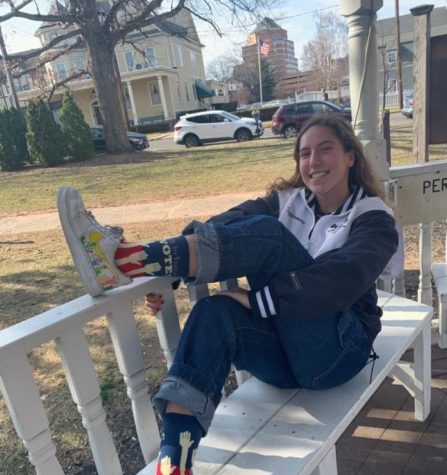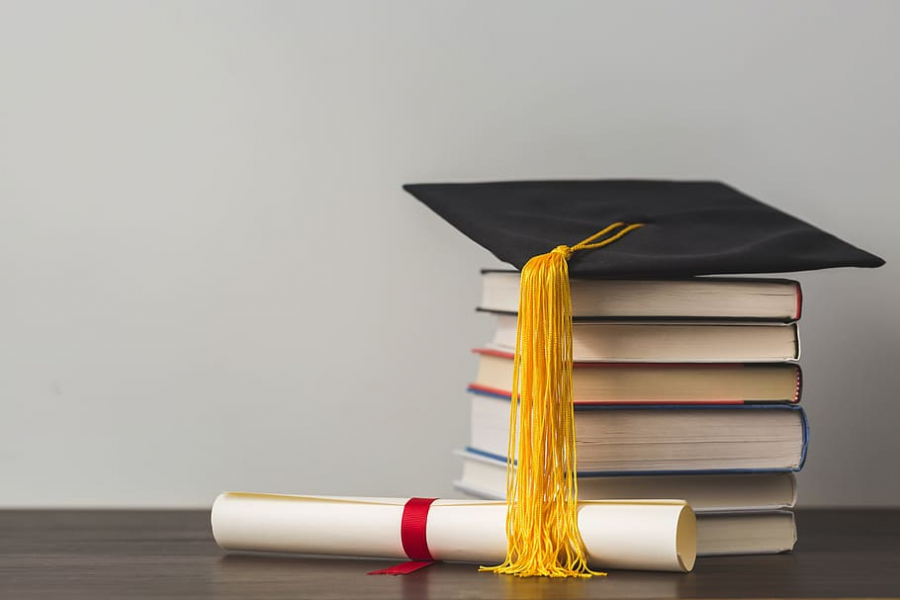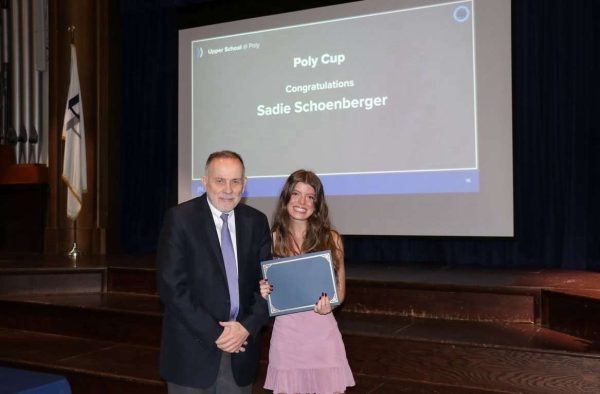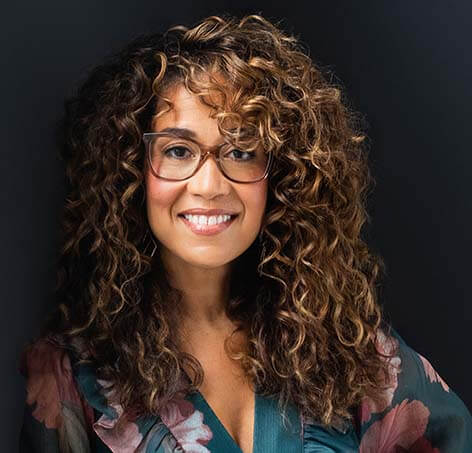Education and Equality in NYC: The Problem at Hand
In the United States, education is seen as the ultimate means of social mobility. But how can this be when the school system is so unequal? Instead, we have a system in which the rich get a better education and therefore get richer while the poor are given a far worse education and stay poor. This inequality is largely based on housing zones and race. There are many programs, like Prep for Prep, that help alleviate the impacts.
According to a recent study by the nonprofit EdBuild, in New York City predominantly nonwhite school districts have 10% less funding on average than predominantly white districts. High-poverty, nonwhite school districts in New York have $4,094 less per student than high-poverty white school districts. The amount of students that they serve is also far greater. The average high-poverty, nonwhite school district in New York has 101,485 students compared to 906 in the average high-poverty, white school district.
This inequality does not only exist in New York City. 27% of students around the country are enrolled in predominantly nonwhite districts and 26% of students are enrolled in predominantly white districts, meaning less than half of the student population attends integrated schools. These schools are not just separate, but unequal. Nonwhite school districts get 23 billion dollars less funding than white districts, despite serving the same number of students. There is also a link between income and race. 20% of students are enrolled in districts that are both poor and nonwhite, but just 5% of students live in white districts that are equally financially challenged. The amount of students served is also disproportionate. White districts enroll just over 1,500 students, half the size of the national average, and nonwhite districts serve over 10,000 students, three times more than that average. For every student enrolled, the average nonwhite school district receives $2,226 less than a white school district. Poor-white school districts receive about $150 less per student than the national average. Yet they are still receiving nearly $1,500 more than poor-nonwhite school districts.
The current solution is for states to “fill in the gaps” with funding. However, states have failed to do this adequately. It is simply putting a band-aid on the real issue and allowing the unequal system to continue.
This past year, Stuyvesant, which is considered by many to be the most elite public high school in New York City, made headlines. Their test-based admissions procedure admitted 7 black students, 33 Hispanic students, 194 white students, and 587 Asian-American students. The number of black students has gone down from the 10 admitted last year and 13 from the year before. Even when black students are accepted to these schools, they have to brace themselves for being surrounded by people who look different. Sarai Pridgen said, “I go to this school every day, I walk through the hallways of this school, and I don’t think I see a black person usually through my day.” William Lohier said “I remember my mom telling me, ‘You’re going to have to put on your armor every day.’” Thus, these students are left feeling isolated at their schools.
Mayor Bill de Blasio has suggested removing the test and instead accept the top 5% of students from every middle school. However, the problem is that the middle schools are already unequal. Some middle schools are for the “gifted and talented” and thus send many students to specialized high schools. Meanwhile, other middle schools do not adequately prepare students for the specialized high schools. We need to reshape the entire system. Representative Alexandria Ocasio-Cortez asked, “Why isn’t every public school in New York City a Brooklyn Tech-caliber school?” Her point is important in that there is a lot of energy put into a small group of elite schools when we should focus on the broader school system. Yet, it ignores that different students are different and there are going to be varying tiers, they just need to be far more accessible.
In 1954 Brown v Board of Education outlawed segregated schools, but clearly schools are still highly segregated. Boddie and Parker write, “no one is really talking about school segregation anymore. That’s a shame, because an abundance of research shows that integration is still one of the most effective tools that we have for achieving racial equity.” At first, there were active efforts to integrate and clear positive effects. In 1964 through the 1980s, high school graduation rates for black students improved significantly along with standardized test scores. Desegregation led to higher income, more years of education and better health outcomes for black people, and reduced racial prejudice among white people. However, busing efforts did not do nearly as much as they needed to. In 1974, the Supreme Court struck down a lower court’s decision to require two-way busing between Detroit’s black schools and the white schools in the suburbs. School systems tend to be countywide and cover a larger geographic area in the north and thus segregation in northern states is more entrenched than in the south. Housing segregation in the north exacerbates the problem because many state laws require students to go to school where they live. In 2007, the court struck down school districts’ voluntary use of race in Parents Involved in Community Schools v. Seattle School District No. 1 on the grounds that it discriminated against whites.
Even if segregation is against the law, it still plays out in the school system. There are many racist policies within it, such as policies that target black kids for punishment. Because at one point it was so entrenched in the system, it ought to be a focus in fixing it. It is not enough to simply hope it gets better after some time or make small solutions. There were purposeful efforts to segregate, and thus we need to reconsider the whole system in order to properly integrate.
Private schools are inherently unequal, as the high tuition makes it accessible to a very small percentage of the population. For instance, the total cost per year of attendance at Poly is $49,093. Poly makes an effort to be more accessible. Approximately 22% of the student body is on some sort of financial aid, and 88% are families with combined incomes of less than $250,000. Additionally, the program Prep for Prep says, “We have identified New York City’s most promising students of color and prepared them for success at independent schools throughout the Northeast.” Many students from Prep for Prep come to Poly.
Senior Rebeka Cabrera said, “The biggest effect Prep for Prep had on me was helping me realize what else is out there. I think a lot of us have potential and want to dream big, but the problem is we don’t even know what those aspirations look like. We don’t quite understand what we are capable of and what opportunities the world has to offer until we get to Prep or another program and then to schools like Poly, where we are really shown all of the possibilities. Unfortunately, so many other students who are just as brilliant and hardworking don’t get an opportunity like Prep or ABC, and that’s where the disparity is clear.”
Junior Mati Hassan said, “In my experience, public and private schools are hardly comparable in quality of education by any measure. Prep for Prep facilitated my academic development and gave me the opportunity to experience a private school education at Poly—something that many in the public school system deserve but few are lucky enough to receive. It’s difficult to see some of my peers squander their privilege and the vast opportunity that comes with a private school education, which so many prodigiously gifted students from NYC public schools would kill for and appreciate tirelessly.”
The difference between schools is clear. The impact of education on students is clear. So why is nothing being done?

Katie Futterman is one of the Editors in Chief of the Polygon. She started writing in freshman year and was the managing editor her junior year. Outside...































